Meiosis demystified: Part 2
The process of meiosis is best described by means of annotated diagrams (below). An animal cell is shown where 2n = 4, and different colours represent maternal and paternal chromosomes.
Unlike mitosis, meiosis involves two divisions, meiosis I and meiosis II. Meiosis I is a reduction division, resulting in two daughter nuclei with half the number of chromosomes of the parent nucleus. In meiosis II, the chromosomes behave as in mitosis, so that each of the haploid daughter nuclei divides again. Meiosis therefore results in a total of four haploid nuclei. Note that it is the behaviour of the chromosomes in meiosis I that is particularly important and contrasts with mitosis.
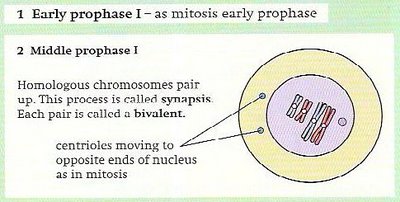
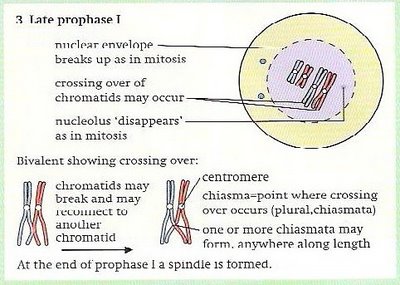

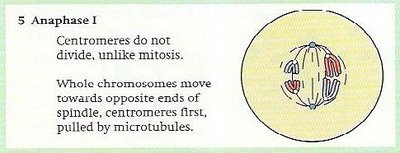
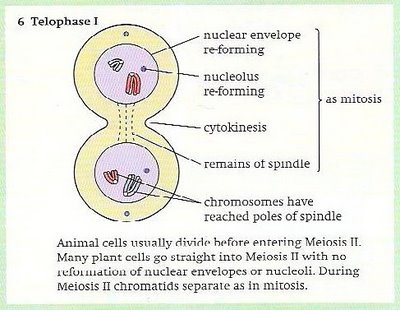

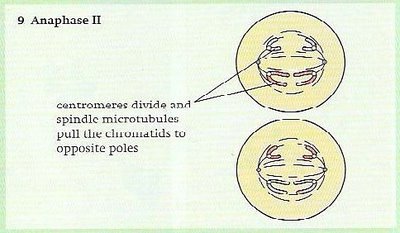
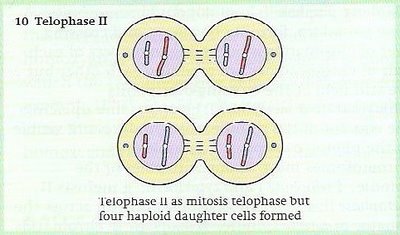
Two of the events that take place during meiosis help to produce genetic variation between the daughter cells that are produced. These are independent assortment of the homologous chromosomes, and crossing over, which happens between the chromatids of homologous chromosomes. When these genetically different gametes fuse, randomly, at fertilisation, yet more variation is produced among the offspring.
From Biology 2, Cambridge Advanced Sciences
Unlike mitosis, meiosis involves two divisions, meiosis I and meiosis II. Meiosis I is a reduction division, resulting in two daughter nuclei with half the number of chromosomes of the parent nucleus. In meiosis II, the chromosomes behave as in mitosis, so that each of the haploid daughter nuclei divides again. Meiosis therefore results in a total of four haploid nuclei. Note that it is the behaviour of the chromosomes in meiosis I that is particularly important and contrasts with mitosis.
Meiosis and cytokinesis in an animal cell








Two of the events that take place during meiosis help to produce genetic variation between the daughter cells that are produced. These are independent assortment of the homologous chromosomes, and crossing over, which happens between the chromatids of homologous chromosomes. When these genetically different gametes fuse, randomly, at fertilisation, yet more variation is produced among the offspring.
From Biology 2, Cambridge Advanced Sciences
0 Comments:
Post a Comment
<< Home